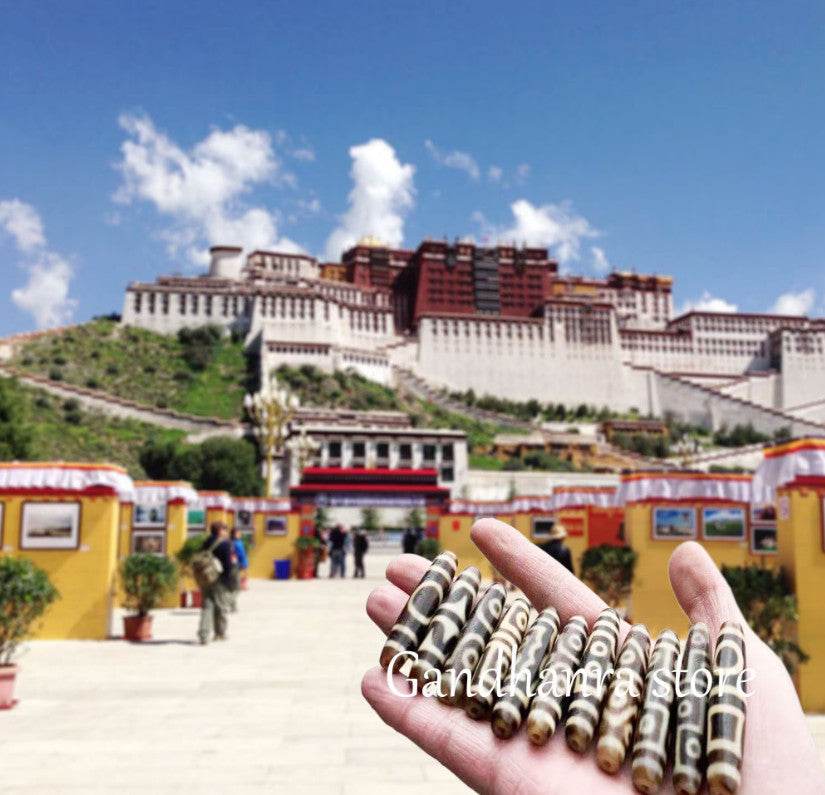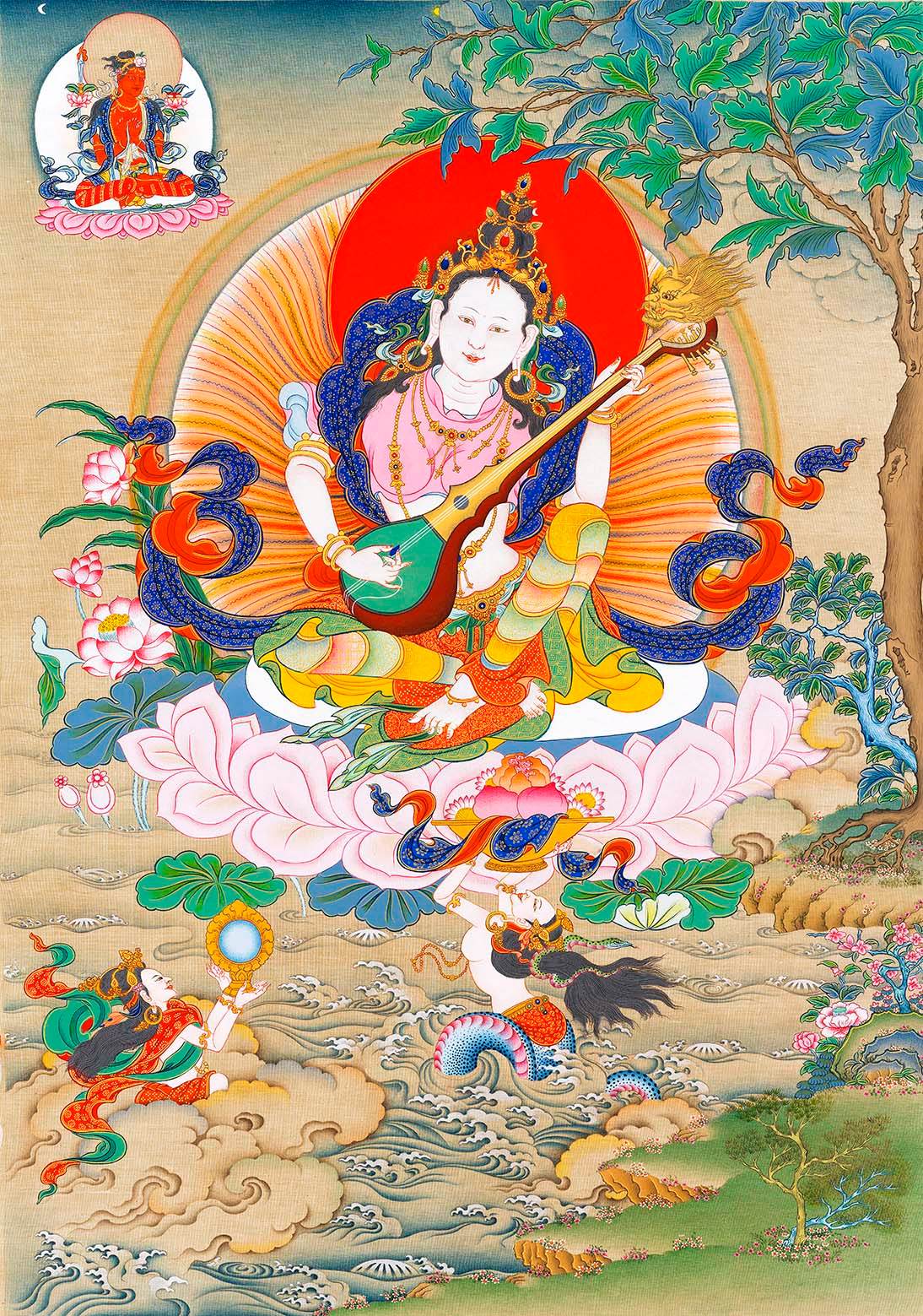
National Geographic Photographer ▎Pilgrimage in Tibet, Faith Beyond the Ruins

Thomas L. Kelly
Renowned Photographer
Producer, Director
Through his lens, he has documented marginalized peoples and vanishing cultural traditions around the world, particularly across Asia. His works have been featured in international publications such as The New York Times, Newsweek, Time, The Observer, Le Figaro, and Stern.
His published works include: Sacred Landscape: Pilgrimage in Tibet, In Search of the Lost Bon Religion: A Pilgrimage Through Tibet, Himalayan Mysteries, Buddhism's Path to Nirvana, Tibet: Reflections on the Wheel of Life, Hidden Himalayas, Kathmandu: A City on the Edge of the World, and Tribal Wisdom for the Modern World. He has received honors such as Hinduism Today's Photographer of the Year and Condé Nast Best Travel Photographer.
He has been invited by National Geographic and the BBC to produce and direct films. He has also worked with UNICEF and Save the Children (US).
Text Reference: thomaslkellyphotos
Photography: Thomas L. Kelly
Written and Edited by: Wang Cong











Thomas L. Kelly Photography Works
Hidden Himalayas
In 1978, Thomas L. Kelly first came to the Himalayan region as a Peace Corps volunteer in Nepal. He lived in Nepal for nearly 30 years, where the local customs, culture, and landscapes inspired him to become a documentary photographer. He traveled extensively through the heart of the Himalayas, documenting the people and the fading cultural traditions of this snowy plateau.



Himalayan Mountains
Photographed by Thomas L. Kelly
In "Hidden Himalayas," Kelly captures the coexistence between nature and people through his lens, where the distance from the mountains feels infinitely remote yet maintains a sense of intimacy.
"This land, surrounded by snow-capped mountains and hidden in the harsh climate of the plateau, seems forgotten by the world. The people here rely on ancient wisdom to endure and thrive, yet this place has also bestowed upon them immense spiritual wealth. The majestic and vast pristine nature brings them closer to their religious beliefs. The Chhetri and Thakuri people, as well as the Buddhist Bhotia people here, possess a spirituality that very few in the West would perceive."

Honey Hunter Nepal 2003

In Nagarkot, central Nepal, a woman of the Tamang tribe carries several stones up the mountain.

Braiding Hair for Wedding
Northwestern Nepal (Humla), 1986

Nyinba Woman Nepal 1985

Bhotia Children 1985
The Ultimate Reflection on Spiritual Practice
Having spent most of his life in the spiritually rich Himalayan kingdom, Kelly developed a deep interest in spiritual practice. He not only engaged with highly enlightened Buddhist masters but also documented the ascetics of Nepal.

Dilgo Khyentse Rinpoche 1988 Nepal
"For me, the ascetics are an enigma—madmen, wanderers, mystics, and yogis. They immerse themselves in the mysteries of ultimate questions without answers, probing the core issues of existence. At times, they wander and beg in crowded, polluted city centers or retreat to deep mountains and ancient forests for solitary practice.
Their behavior has provoked much reflection in me: Who am I? What do I need? What truly matters? These questions remind us that the answers to everything reside only within our elusive hearts."

Kelly posing with an ascetic
"As a photographer, I sometimes prefer to hide behind the lens, concealing myself. However, for ascetics, the sacred painted symbols on their bodies grant them a strange visibility, which helps them transcend the self. Photographing ascetics is like capturing a real-life question—the unease, anger, irrationality, wisdom, and power revealed through the lens all interpret the existential issues faced collectively by humanity."
Pilgrimage in Tibet, Faith Beyond the Ruins


Mount Kailash
Photographed by Thomas L. Kelly
In the Year of Pilgrimage, Thomas Kelly, Gelek, and eleven companions set out from a monastery in Nepal to Mount Kailash in Tibet. Their goal was to trace the primordial imprints of Bon in Tibet.
“At the end of the journey, we arrived at a broken ruin and discovered primitive clay with Bon markings, almost eroded by the wind. This journey made us witness that the essence of faith does not lie in the shifting sands of ruins but has always been rooted in the hearts of the people of this land.”
Kelly has visited Tibet multiple times, and most of his works from these journeys are included in the books *In Search of the Lost Bon Religion: A Pilgrimage Through Tibet* and *Tibet: Reflections on the Wheel of Life*. Through his lens, he captured snow-capped mountains, pilgrims, nomadic tribes, and religious culture, presenting a vivid portrayal of Tibet.

Tibetan Woman Brewing Butter Tea
Changtang, Tibet


During his journey in Tibet, Kelly encountered pilgrims from the Kham dialect region. Every day, they prostrated themselves along the ancient pilgrimage route, covering several kilometers, with a thousand kilometers still left to their destination, Lhasa. It is said that prostration is one of the most effective ways to purify the heart.
One monk explained: "Pilgrimage can involve pressing the palms together, or it can involve full-body prostrations. Reciting prayers is the liberation of speech, and the devotion generated towards the Buddhas is the liberation of the mind."

Pilgrims from the Kham dialect region

Mount Kailash Pilgrim Tibet 2014

Tibetan Woman Worshipping in Front of a Sacred Lake Tibet 2014
Rescuing Himalayan Cultural Heritage
Kelly is renowned for his long-term documentation of Himalayan culture. He collaborated with Claire Burkert, a handicraft project advisor for regions such as Tibet and Bhutan, to publish a book titled *Himalayan Style*. Burkert emphasized that this represents a cultural heritage of Himalayan design urgently in need of preservation.
Kelly traveled extensively across Himalayan regions, including Bhutan, Nepal, and Tibet, capturing over 600 exquisite photographs of architecture and handicrafts. With his professional visual insight, he showcased the stunning beauty of handmade creations. As the world rapidly develops, these marginalized craft cultures are gradually declining. Over three decades, Kelly has witnessed the gradual marginalization of traditional Himalayan culture.





Bhutanese Architecture and Architectural Art


Pottery Handicraft Nepal
"Since I began documenting the Himalayan region in 1978, the culture here has been rapidly changing, with the diversity of life becoming more homogenized. I, however, prefer to stand on the side of multiculturalism."










When we filter out the noise around us,
we can actually hear more.
Focus is the beginning of devotion.
— Proverb of a Tibetan Elder






